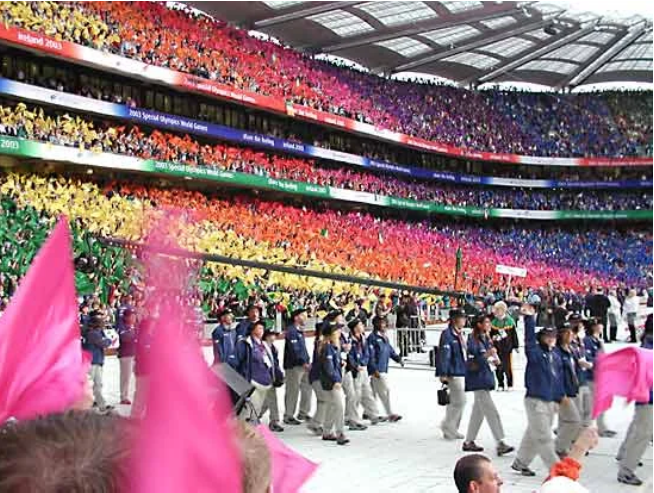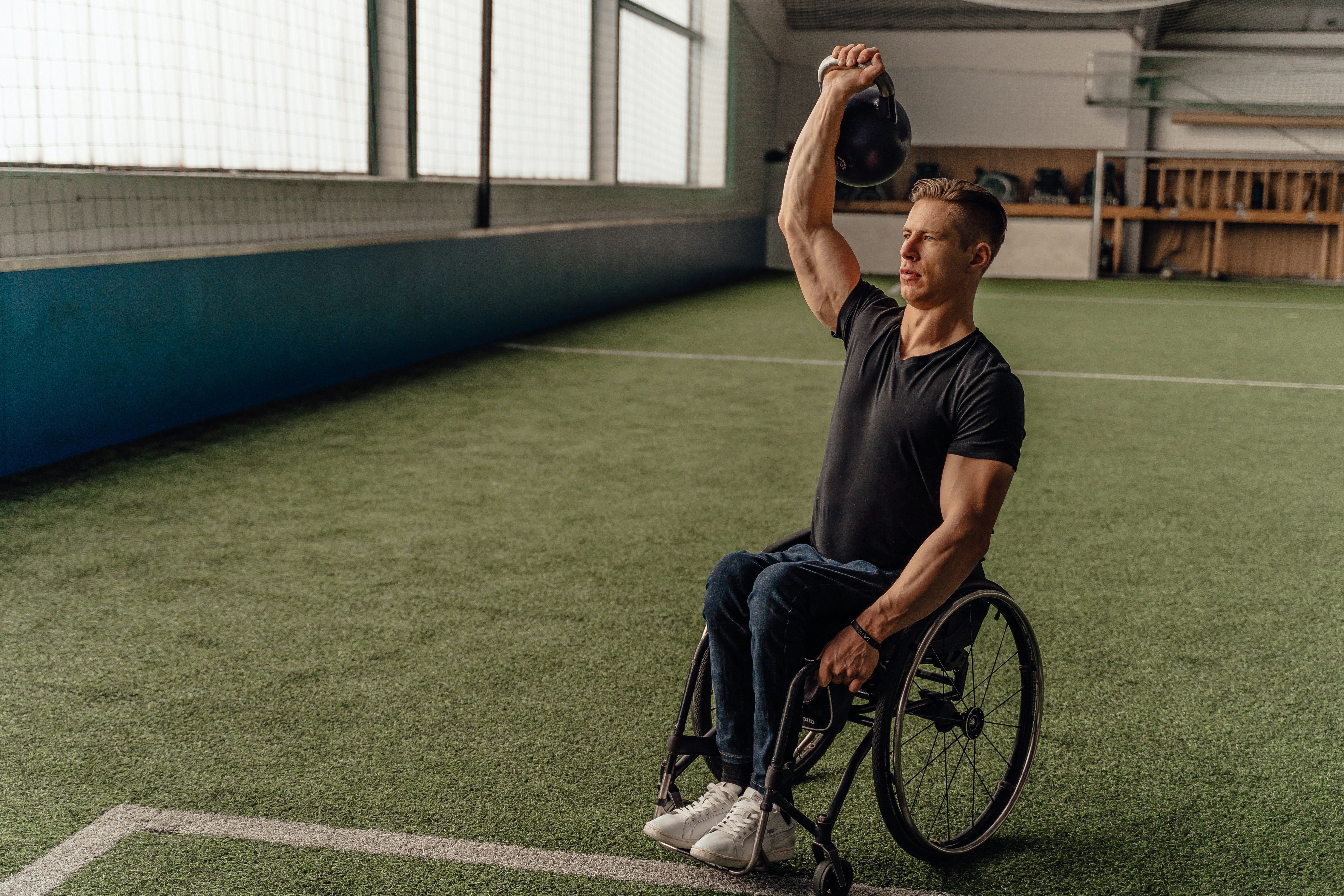This blog article was written by SportsAbility Alliance Sports Management Intern, Sean Munroe.
I had the pleasure of interviewing Caitlin Murphy. Murphy is a school psychologist for Thomas County Schools in Georgia. The following are questions related to her role, the benefits of recreation for people with developmental disabilities, and how to interact with people with disabilities.
"The greatest thing I have learned by being a school psychologist is patience. You never know what children are going through or struggling with."
- Caitlin Murphy
Can you describe your role as a school psychologist and the responsibilities associated with the position?
Murphy: As a school psychologist, I work with children of all ages. I assess their strengths and weaknesses, and provide the school team with relevant information to inform their educational planning. I make suggestions for additional support available at school, whether that is through general education support or support through a Section 504 plan or IEP.


 “Special Olympics is important, as it empowers and provides inclusion for special needs athletes. I learned a great deal about patience and will power from Special Olympics athletes, that I may have never experienced if not for Special Olympics,” said Special Olympics Coach Gladys Liehr.
“Special Olympics is important, as it empowers and provides inclusion for special needs athletes. I learned a great deal about patience and will power from Special Olympics athletes, that I may have never experienced if not for Special Olympics,” said Special Olympics Coach Gladys Liehr. 
 The American Heart Association currently recommends that adults accumulate greater than or equal to 150 minutes of moderate physical activity or 75 minutes of vigorous activity per week while children should get at least 60 minutes per day of moderate-to-vigorous physical activity weekly.
The American Heart Association currently recommends that adults accumulate greater than or equal to 150 minutes of moderate physical activity or 75 minutes of vigorous activity per week while children should get at least 60 minutes per day of moderate-to-vigorous physical activity weekly.


